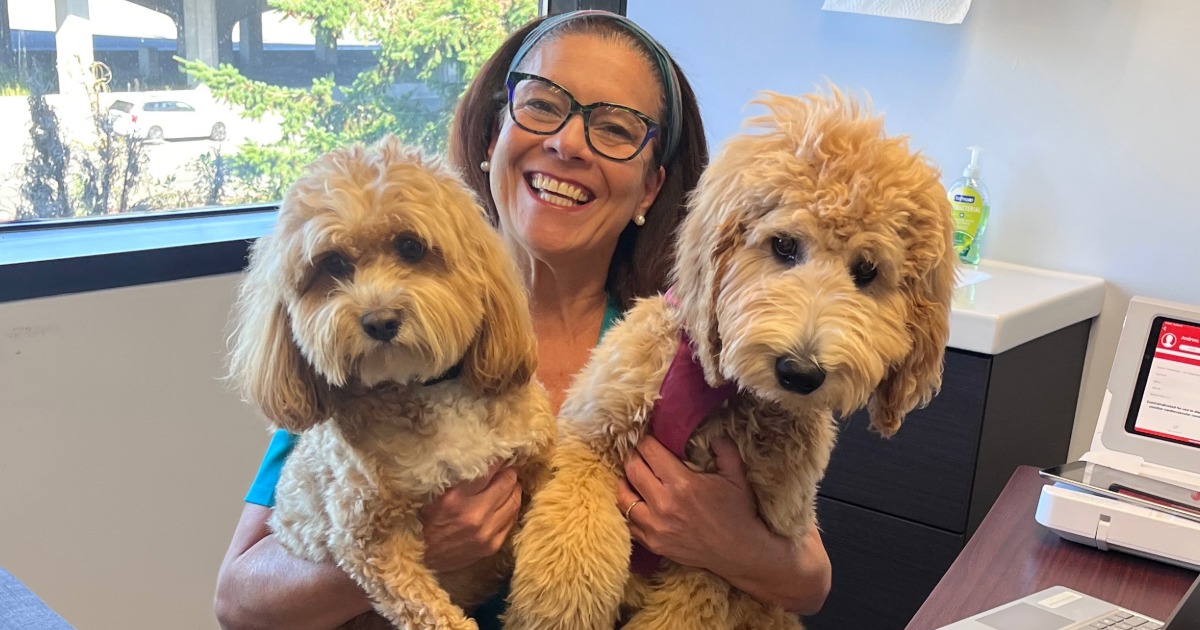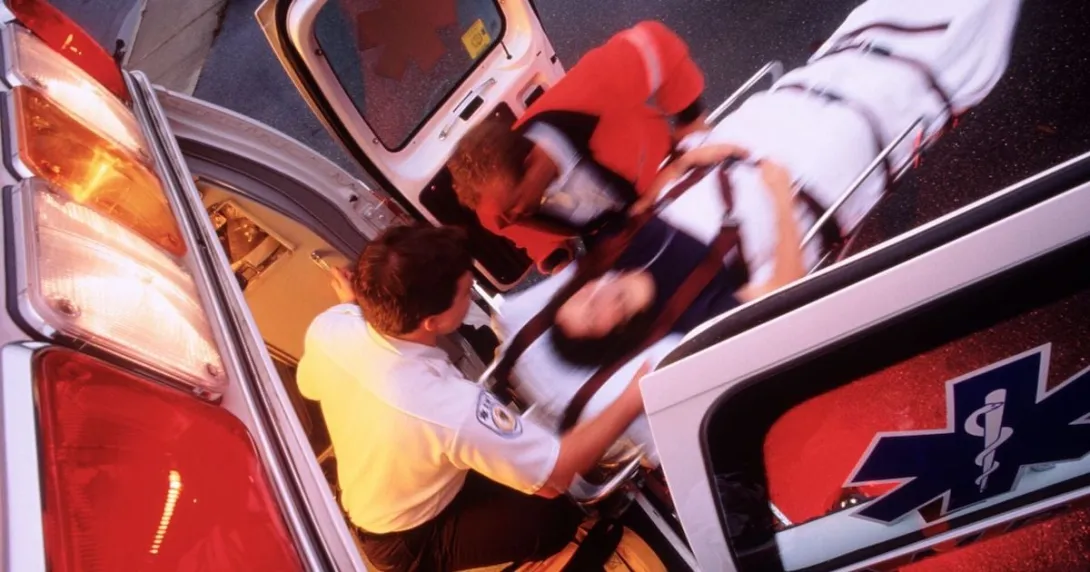Residents of New Hampshire and Vermont can count on quicker response to signs of a stroke with a new telestroke program launched by Dartmouth-Hitchcock Medical Center and Mayo Clinic. The program provides 24/7 access to telestroke specialists via videoconferencing technology.
The specialists communicate with the emergency room team, examine the patient, interpret the brain images, confirm the diagnosis, and provide recommendations just as if they were at the bedside, Dartmouth-Hitchcock executives said in announcing the program. Research has shown that telestroke programs improve outcomes, reduce patient risks, decrease ambulance transport, shorten hospital stays, and lower costs through more timely and accurate diagnosis, they noted.
"Telehealth is critical to creating a sustainable health system that focuses on population health, value and payment models that reward high-quality care," James N. Weinstein, D.O., CEO and president of Dartmouth-Hitchcock, said in a news release. "New technologies are making it possible for us to deliver care in ways never before imagined – giving patients the care they need close to home."
Mayo Clinic, a recognized leader in telemedicine, will collaborate with Dartmouth-Hitchcock to provide telestroke services.
 "By combining the breadth and depth of our own knowledge with the expertise of our trusted partners at Dartmouth-Hitchcock, we will provide an unparalleled level of assessment, diagnosis and treatment to patients presenting to their regional hospitals with ischemic and hemorrhagic stroke." Bart Demaerschalk, MD, director of Telestroke and Teleneurology at Mayo Clinic, said in a statement.
"By combining the breadth and depth of our own knowledge with the expertise of our trusted partners at Dartmouth-Hitchcock, we will provide an unparalleled level of assessment, diagnosis and treatment to patients presenting to their regional hospitals with ischemic and hemorrhagic stroke." Bart Demaerschalk, MD, director of Telestroke and Teleneurology at Mayo Clinic, said in a statement.
[See also: Mayo Clinic extends telemedicine to Navajo Nation.]
Catholic Medical Center, in Manchester, N.H., will be the first hospital to take advantage of the Dartmouth-Hitchcock and Mayo Clinic telestroke program.
"We chose to work with Dartmouth-Hitchcock because we are committed to providing a higher standard of care for our patients," Joseph Pepe, MD, president and CEO of Catholic Medical Center, said in the news release. "We are very proud of the stroke program we have at CMC, and now look forward to bringing the expertise of Dartmouth-Hitchcock's Center for Telehealth to our patients and the community we serve."
As Sarah Pletcher, MD, medical director of the Center for Telehealth at Dartmouth-Hitchcock, sees it, Northern New England has the ideal demographics and geography to demonstrate the value of telemedicine technology to provide access to specialists when minutes count -- as in stroke, trauma and other time-critical emergencies.
[See also: Telemedicine: More than just academic.]
Founded in 2012, the Center for Telehealth is connecting patients and providers for clinical care, education and outreach through a variety of technology platforms. Mayo Clinic began its telestroke program in 2007. Since that time, more than 4,000 consultations for neurological emergencies such as stroke have taken place between Mayo neurologists and physicians at the spoke centers.
"Over the next few months, we expect to bring multiple care sites into our telestroke and telehealth programs," Pletcher said in a news release. "This is just the beginning."


